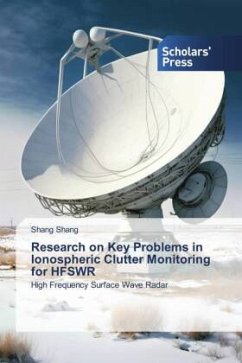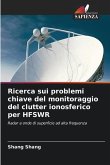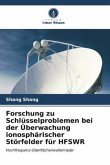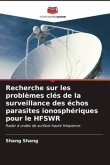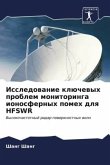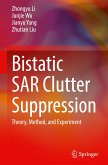High Frequency Surface Wave Radar (HFSWR) can operate beyond the limitation of the earth curvature, and perform real time monitoring of the sea surface wind, wave field, and ocean current in a large area, all-weather conditions. Meanwhile, it can be used to detect sea surface and low altitude targets to monitor the EZZ effectively. However, HFSWR can be affected by various of noises and clutter interferences. Ionospheric clutter seriously affects the echo spectrum quality, and it is difficult to be suppressed on account of its time variation, complexity, and similarity to target. Plasma theory suggests that the reflection of ionosphere to electromagnetic wave is related to the frequency. At some work frequencies, ionospheric is so seriously affected that radar cannot operate normally. But at other frequencies, the above situation will not appear. Selecting the appropriate work frequency for HFSWR is an effective means for improving radar detection performance and avoiding ionospheric clutter.

